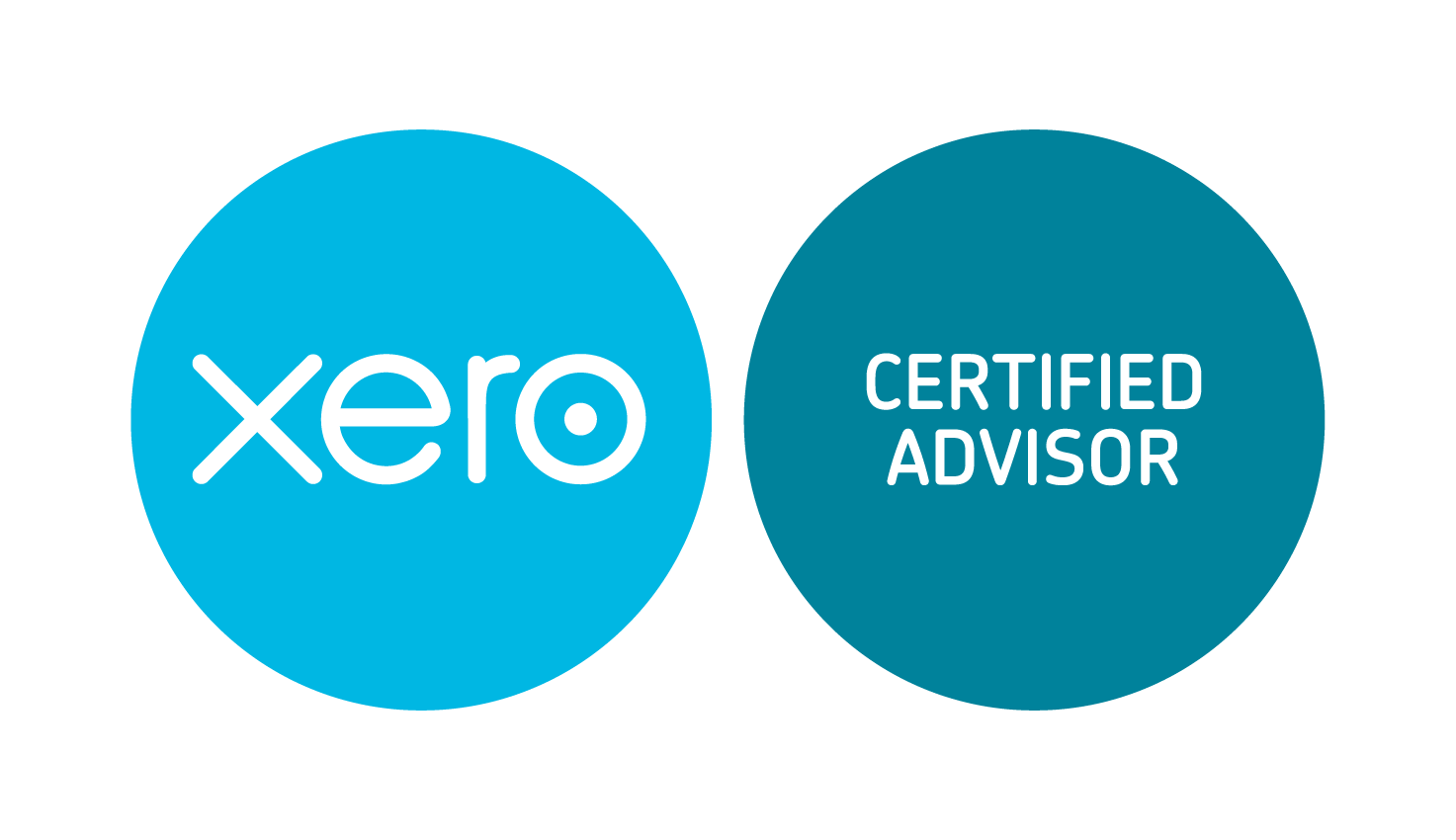[vc_row][vc_column width=”1/1″][mk_custom_box bg_color=”#466f73″ bg_position=”left top” bg_repeat=”repeat” bg_stretch=”false” border_color=”#fff” padding_vertical=”30″ padding_horizental=”20″ margin_bottom=”10″ min_height=”100″]
Do you need help? Start with part one of the series here: Three Signs That It’s Time to Get Some Help
Now that we’ve established the value of a VA, let’s talk about best practices. How can you make the most of your partnership with a Virtual Assistant?
I’ll keep this short and sweet!
Three Best Practices for Working with a Virtual Assistant
1. Communicate!
First, communicate your needs! Your Virtual Assistant is not a mind reader and cannot know what you need unless you communicate it. You must master the art of delegation. (Delegate: to give duties to another as [your] representative, to entrust a task or responsibility to another person.)
What should you delegate? Start with the things you enjoy the least and the things you are not good at. I always ask new clients what tasks they dread or put off the most. Michael Hyatt says that these activities “drain you and keep you from doing your best work,” and they also take up precious time that can be spent on tasks that have a higher payoff.
If something does not need your personal touch, send your VA a note with instructions and a deadline so she can handle it for you.
2. Communicate!
Second, communicate your concerns! In addition to telling your VA what needs to be done, you should also keep the lines of communication open regarding your preferences and concerns!
If you want your calendar entries to include last names only and be color coded according to priority, that’s something that should be shared. Your assistant will need you to let him know how you prefer to communicate, organize, and digest information. Don’t expect him to know that you want your research delivered in PDF format without you saying so.
If you’re concerned that your VA is dropping the ball somewhere, make sure you bring that up right away. It’s always best to speak up quickly so that adjustments can be made.
3. Communicate!
Third, communicate your gratitude! You should also share the occasional word of PRAISE! Yes, it’s appropriate to thank your Virtual Assistant for her hard work and let her know she’s doing a great job from time to time. You can send a gift or a card, yes, but even a short email saying that you appreciate all of her help can be a big boost. Don’t make your VA wonder whether you’re pleased, but be as open with communicating your affirmations as you are with your needs and concerns.
Tl;dr Communication is absolutely essential for a good working relationship between client and VA!
[/mk_custom_box][/vc_column][/vc_row]








Leave A Comment